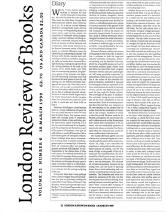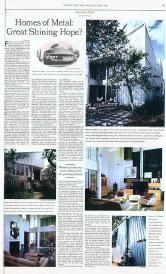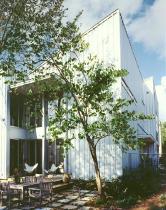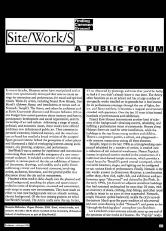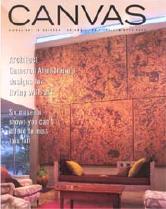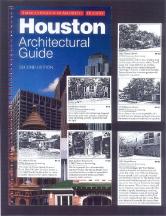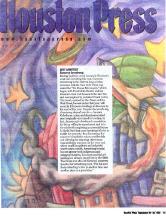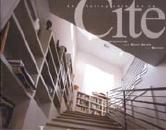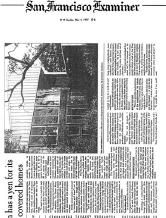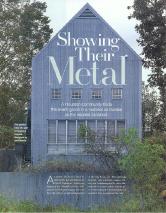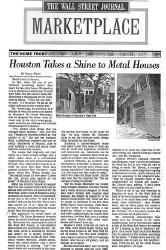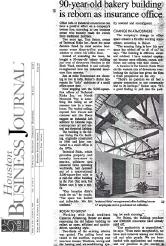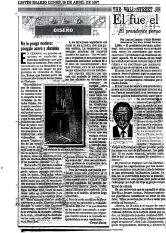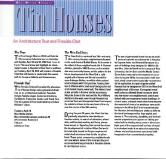CAA's open practice provides efficient and responsive solutions through an exhaustively descriptive engagement with the building's requirements that continues throughout the design process. By way of this uniquely inductive process - enhanced by advanced architectural software and reinforced by our commitment to clarity and economy - we're able to produce buildings that literally assume the shape of the client's needs. The emergence of this way of working is detailed in Architecture in Real Time (2008). Other key texts include At Zero Remove, and West End Diary, which tells the story of a neighborhood's transformation and the new architecture that emerged there. Periodically, CAA also posts synopses of important issues for current practice, such as 2010: Big Change.
Because the ideal of the fully emergent building is equally rooted in the owners' needs and the surrounding natural context, CAA's open practice has also pioneered new relationships between people and the environment. In addition to their efficiency and durability, and their emphasis on opening people and nature to each other, our buildings are designed to maximize the potential for energy and resource self-sufficiency.
Key Projects (please see dedicated page)
5423 Gibson, built in 1993, exemplifies CAA's focus on durable and efficient building materials, environmental responsibility, and inductive design techniques. Attuned to the subtropical climate of the Texas Gulf Coast, it features a zero-maintenance, ventilated radiant barrier skin, heat dissipating foundation, and through-ventilation cooling. It was also designed for implementation of geothermal cooling, solar power generation, and rainwater harvesting. As a result of its approach to local conditions, it has been widely published, and was included as one of 250 Key 20th-Century American Buildings in a recent anthology. Also, see Metal Houses: Overview.
5303 Floyd (1997) and 604 Malone (1998), both constructed by CAA as general contractor, demonstrate the firm's commitment to quality craftsmanship and careful detailing. Like 5423 Gibson, their design and construction emphasize energy and resource efficiency, as well as expansive, flowing interior space. Their pioneering use of new materials and methods has resulted in wide exposure in print and on television (CNN, NYTimes, etc.).
Site/Work/S, an exhibition of the 18th International Sculpture Conference (2000), coordinated commissioned and curated site installations in various locations throughout Houston, a public forum and tour, and a historical exhibition to promote understanding of how contemporary public space is made and experienced. Its emphasis on the performative basis for the city's monumental landscape, and the emergent character of modern monuments in general, helped to produce wide ranging debate and renewed public interest in purposive communal spaces.

